New Mexico’s ancient Pueblo communities represent some of North America’s oldest continuously inhabited settlements, with roots stretching back over a thousand years. These sovereign nations maintain vibrant cultures while welcoming visitors to experience authentic Native American traditions through art, ceremonies, and architectural marvels.
Each pueblo offers unique perspectives on Southwestern heritage, from ancient cliff dwellings to modern pottery studios where traditional techniques pass between generations. Here is a list of 20 pueblos of New Mexico with rich traditions that showcase the enduring spirit of the Pueblo people.
Acoma Pueblo
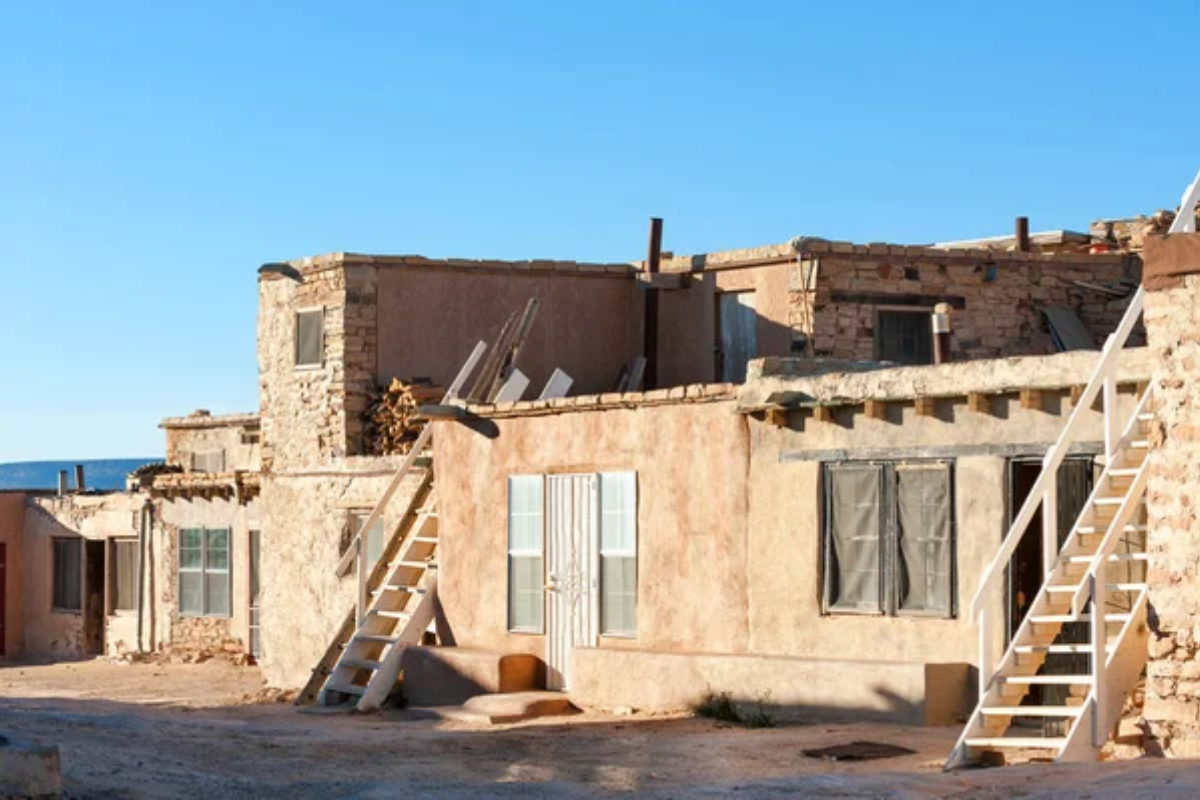
Perched atop a 367-foot mesa, Acoma Pueblo claims the title of oldest continuously inhabited community in North America, with residents having lived on ‘Sky City’ for over 1,000 years. The pueblo’s adobe buildings seem to grow directly from the sandstone mesa, creating architecture that blends seamlessly with the natural landscape.
Traditional pottery made here features intricate geometric patterns and thin walls that require exceptional skill to create. Guided tours led by Acoma residents provide insights into daily life in this remarkable clifftop community.
Taos Pueblo
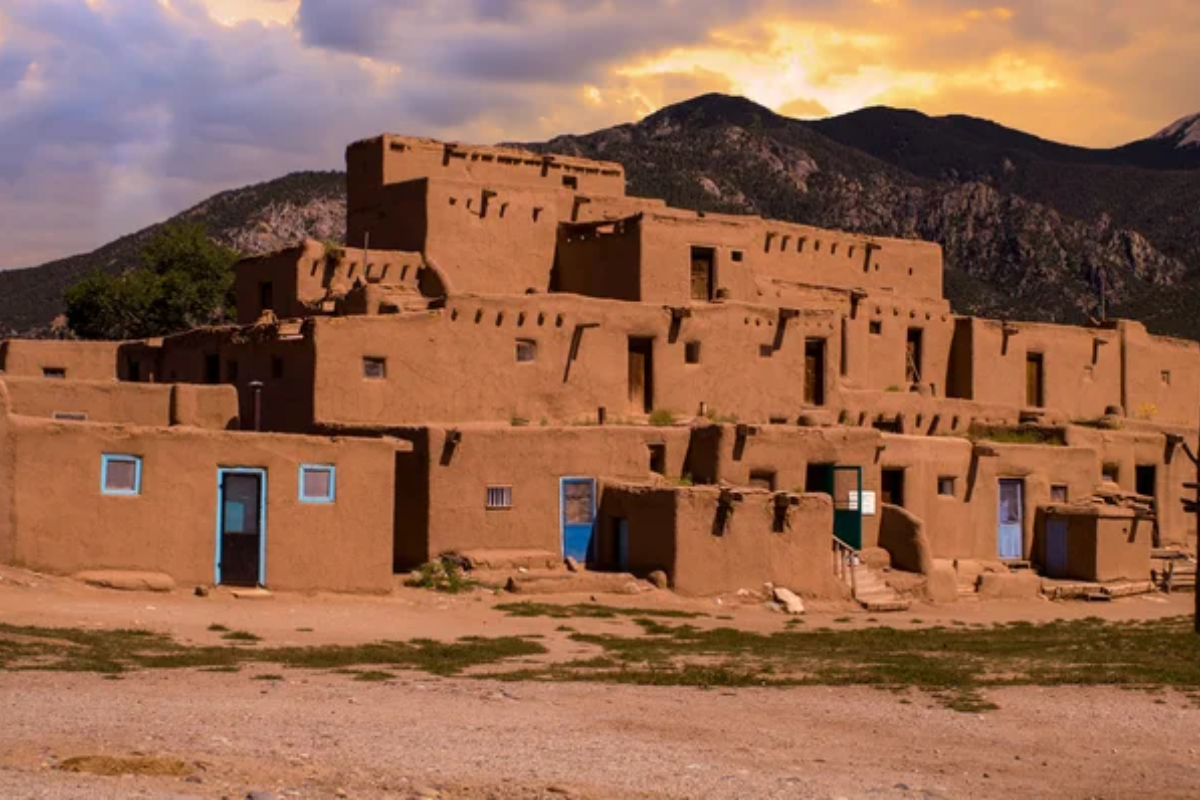
This UNESCO World Heritage Site consists of two massive adobe complexes that have housed families for over 1,000 years, with some buildings reaching five stories without modern construction techniques. The pueblo sits beneath the sacred Taos Mountain, which tribal members consider the source of all life and spiritual power.
Traditional bread ovens still operate throughout the community, where residents bake using methods that have been unchanged for centuries. The pueblo closes to visitors during certain sacred periods, respecting traditions that remain central to community life.
Like Travel Pug’s content? Follow us on MSN.
San Ildefonso Pueblo
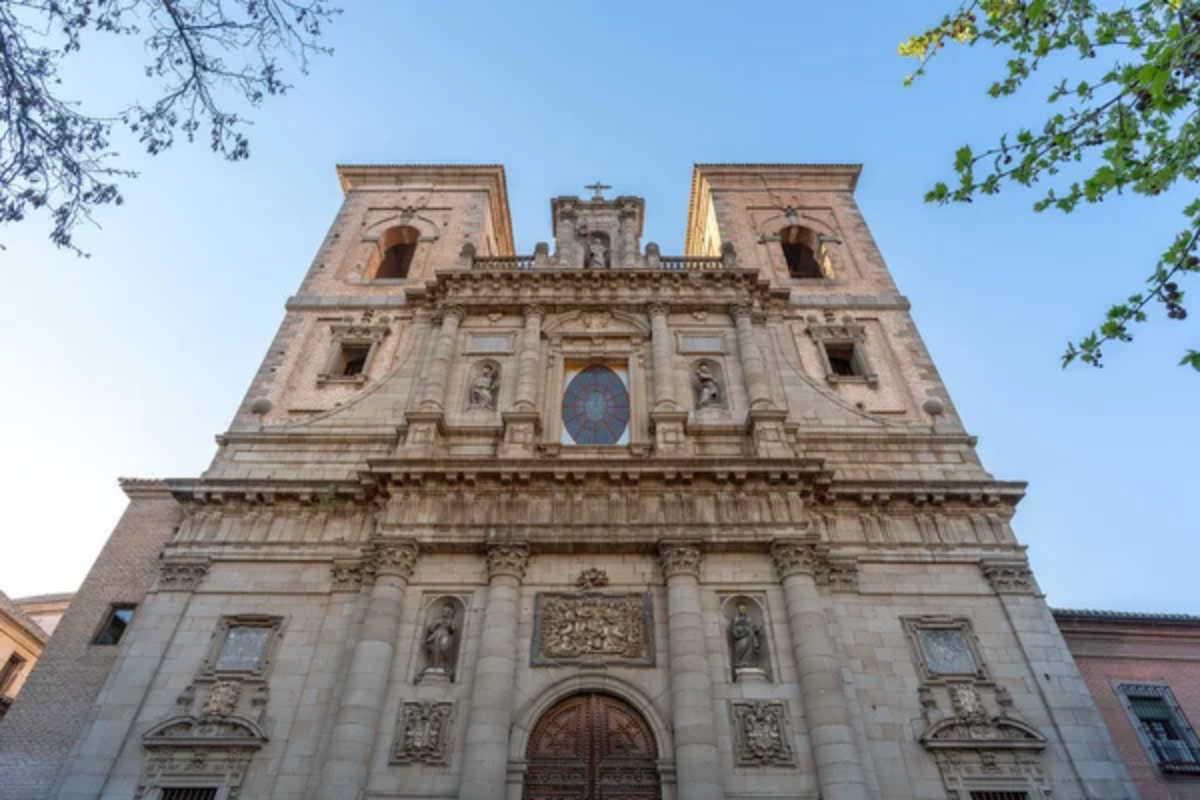
Famous worldwide for its black-on-black pottery, San Ildefonso Pueblo continues traditions perfected by legendary potter Maria Martinez in the early 1900s. The pueblo’s artists create pottery using clay from sacred sites and traditional firing techniques that produce distinctive matte and polished surfaces.
Annual feast days feature traditional dances in the main plaza, surrounded by adobe buildings housing extended families. The Pueblo operates a museum that showcases both historical artifacts and contemporary artwork created by tribal members.
Santo Domingo Pueblo
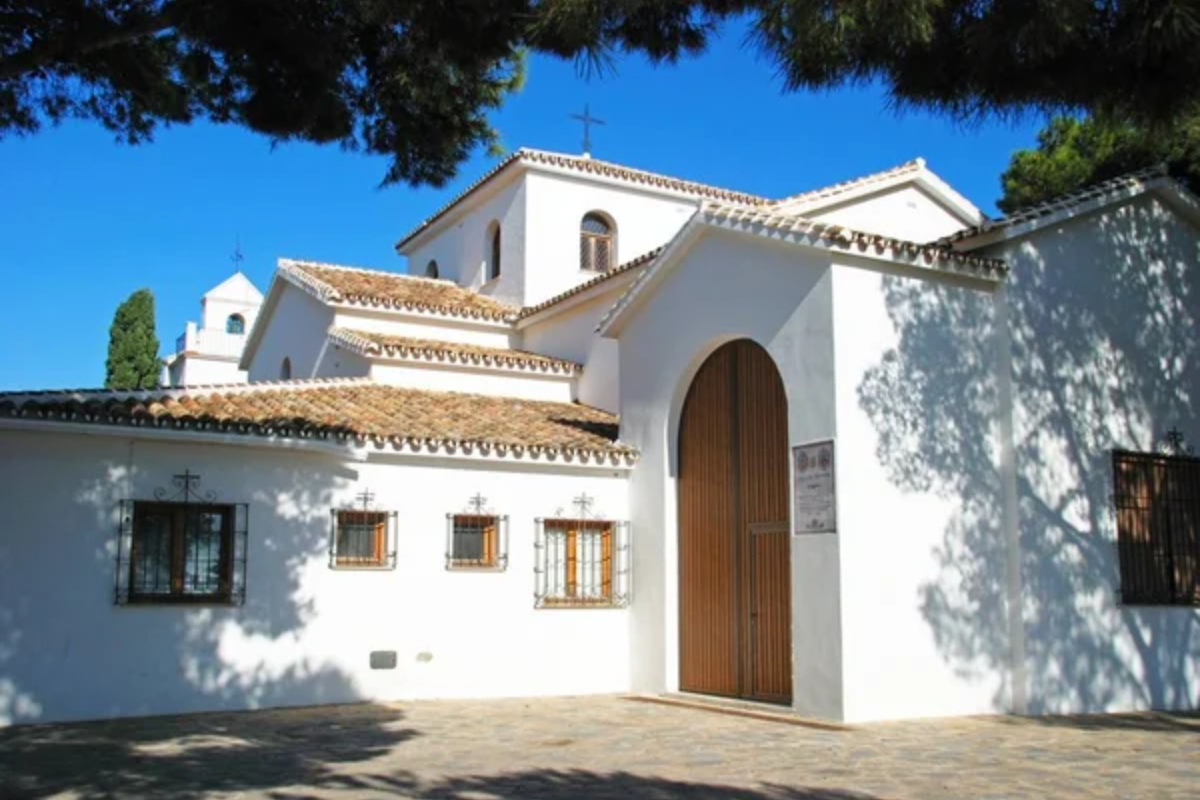
Known for exceptional turquoise and shell jewelry, Santo Domingo Pueblo maintains strict traditional practices while producing some of the Southwest’s finest Native American jewelry. The pueblo’s artisans use techniques passed down through families for generations, creating distinctive heishi necklaces and intricate silver work.
Traditional dances during feast days draw visitors from around the world, though photography and recording remain strictly prohibited out of respect for sacred ceremonies. The community operates according to traditional governance systems that have guided the pueblo for centuries.
Cochiti Pueblo
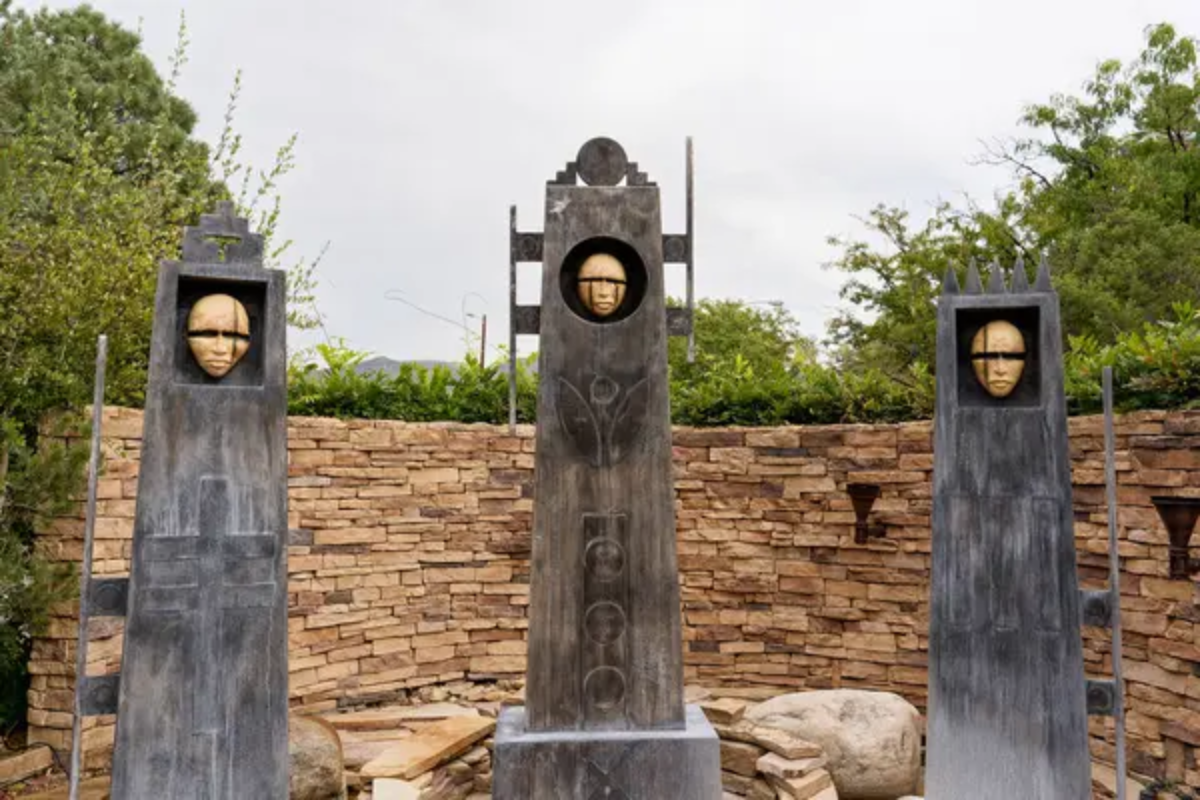
Cochiti Pueblo combines ancient traditions with modern innovation, particularly in pottery and drum making which supplies ceremonial drums to tribes throughout North America. The pueblo’s clay deposits produce pottery with distinctive cream and red coloring that local artists shape into traditional vessels and contemporary sculptures.
Lake Cochiti, formed by a nearby dam, provides recreational opportunities while the pueblo maintains traditional farming along the Rio Grande. Annual corn dances celebrate harvest seasons while honoring spiritual connections to the land.
Like Travel Pug’s content? Follow us on MSN.
San Juan Pueblo
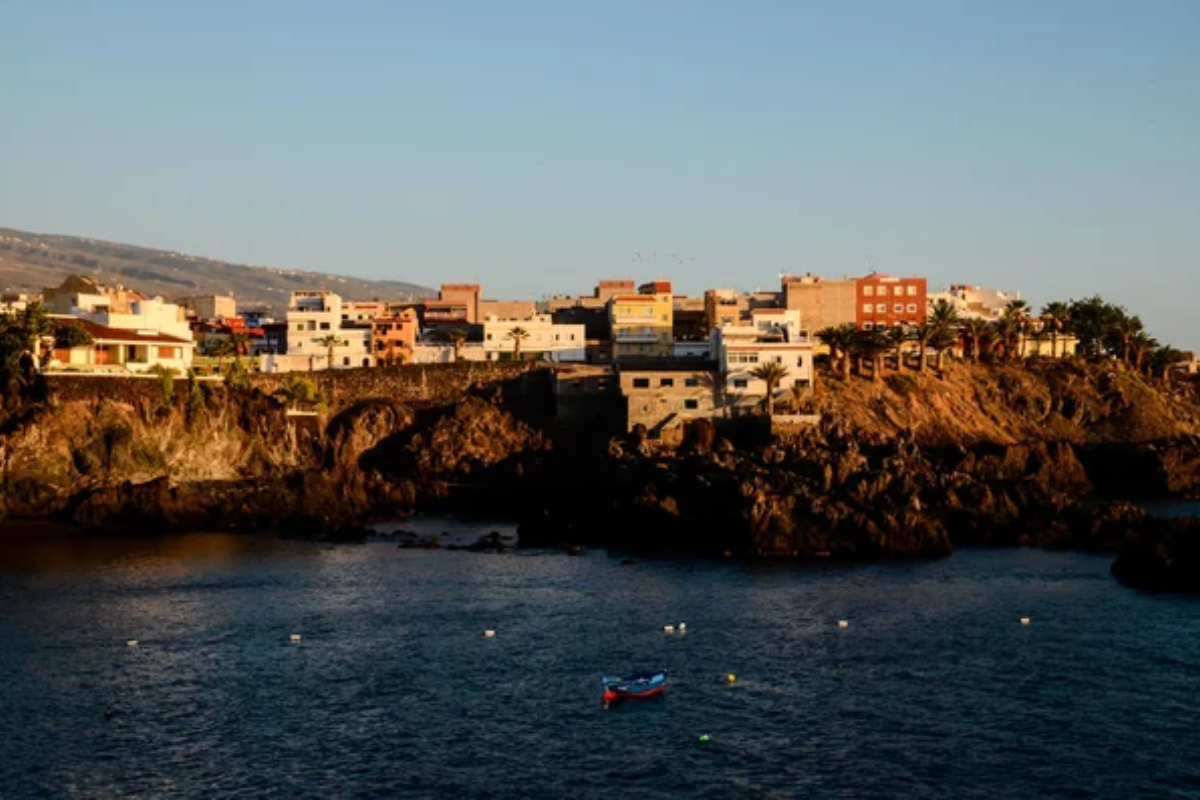
Now officially known as Ohkay Owingeh, this pueblo serves as the first capital of Spanish colonial New Mexico while maintaining strong ties to traditional Tewa culture. The community operates successful business enterprises, including a casino and hotel, while preserving ancient farming techniques along the Rio Grande.
Traditional pottery from San Juan features distinctive red and tan coloring created using local clays and traditional firing methods. The Pueblo hosts annual arts and crafts fairs that showcase work from artists throughout the region.
Santa Clara Pueblo
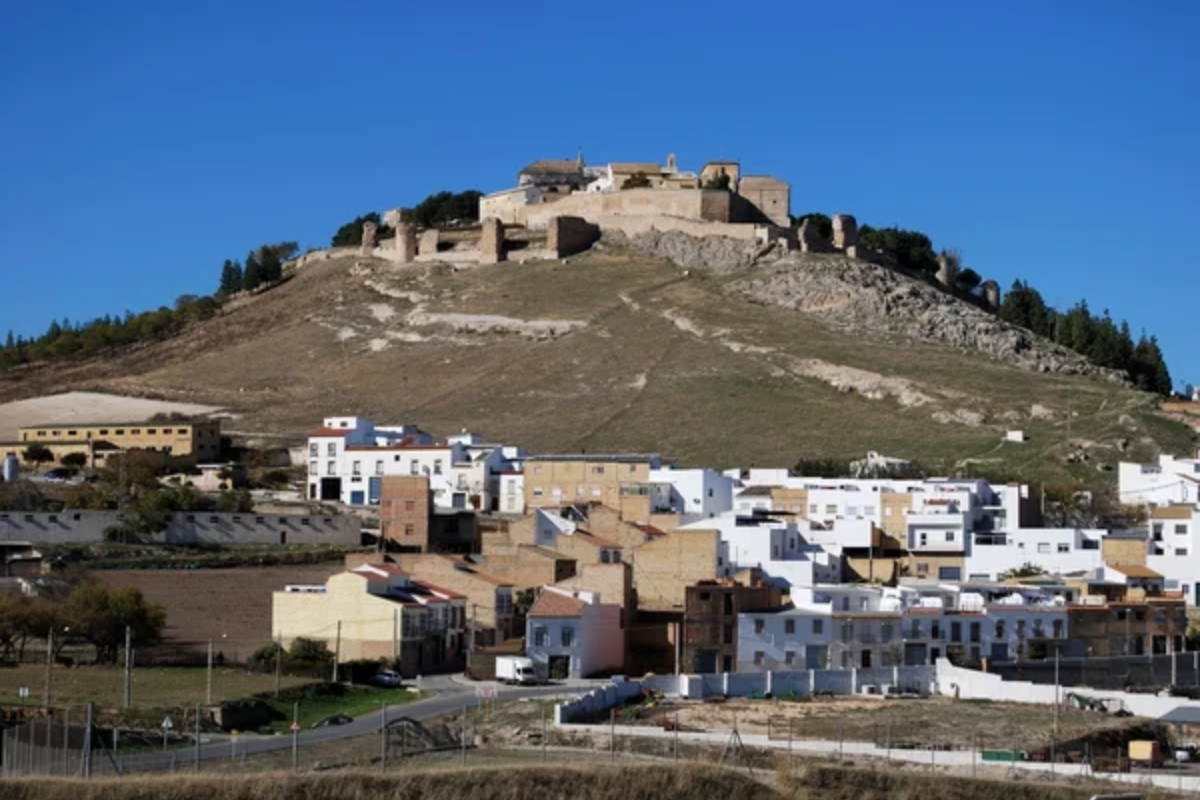
Santa Clara Pueblo produces some of the Southwest’s most recognizable pottery, particularly the distinctive black and red pieces created using traditional outdoor firing techniques. The pueblo’s Puye Cliff Dwellings represent ancestral sites where tribal members’ ancestors lived before establishing the current community.
Traditional dances during feast days take place in plazas surrounded by adobe homes where families have lived for generations. The community operates a recreation area that provides camping and fishing opportunities while generating revenue for tribal programs.
Nambe Pueblo
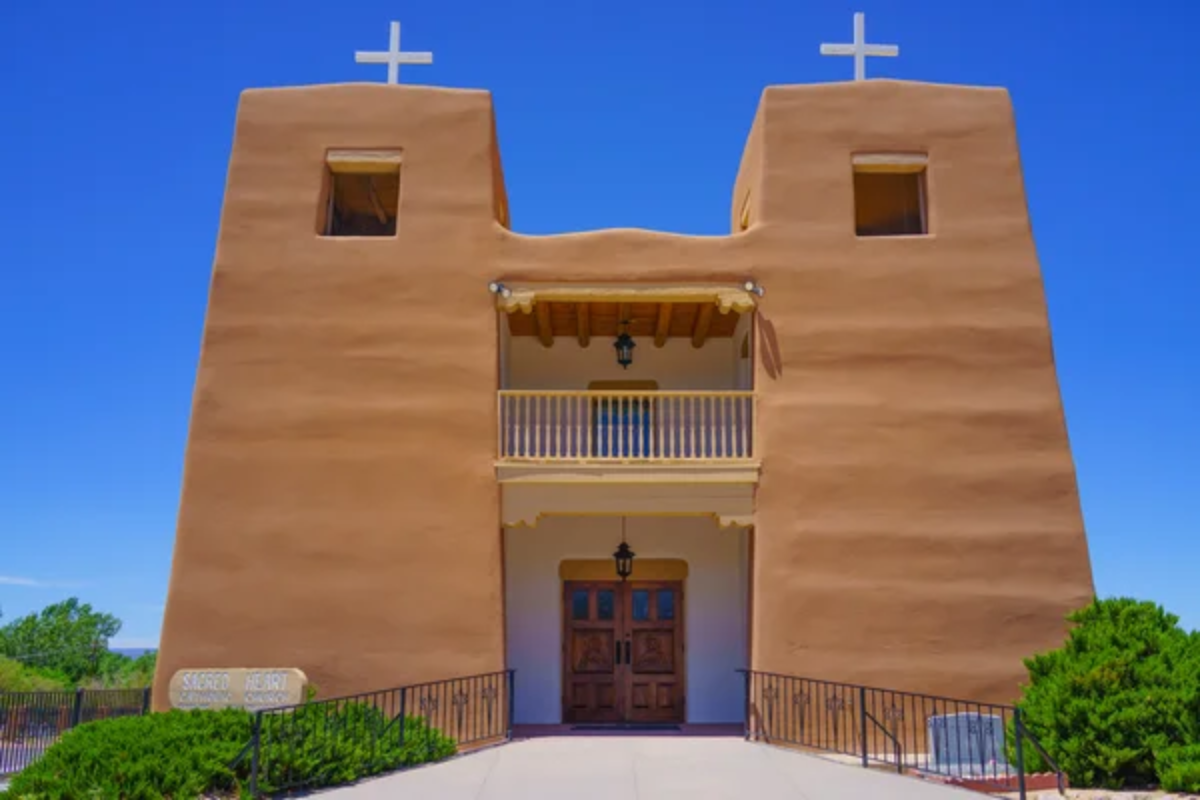
Nestled in the Sangre de Cristo foothills, Nambe Pueblo combines scenic beauty with strong artistic traditions, particularly in pottery and textile weaving. The pueblo’s location provides access to mountain hiking trails while maintaining agricultural fields that supply traditional crops for ceremonial use.
Traditional pottery features micaceous clay that creates a distinctive sparkle in finished pieces, a technique unique to northern New Mexico pueblos. Annual feast days feature traditional Buffalo and Deer dances that honor the pueblo’s connection to wildlife and natural cycles.
Like Travel Pug’s content? Follow us on MSN.
Tesuque Pueblo
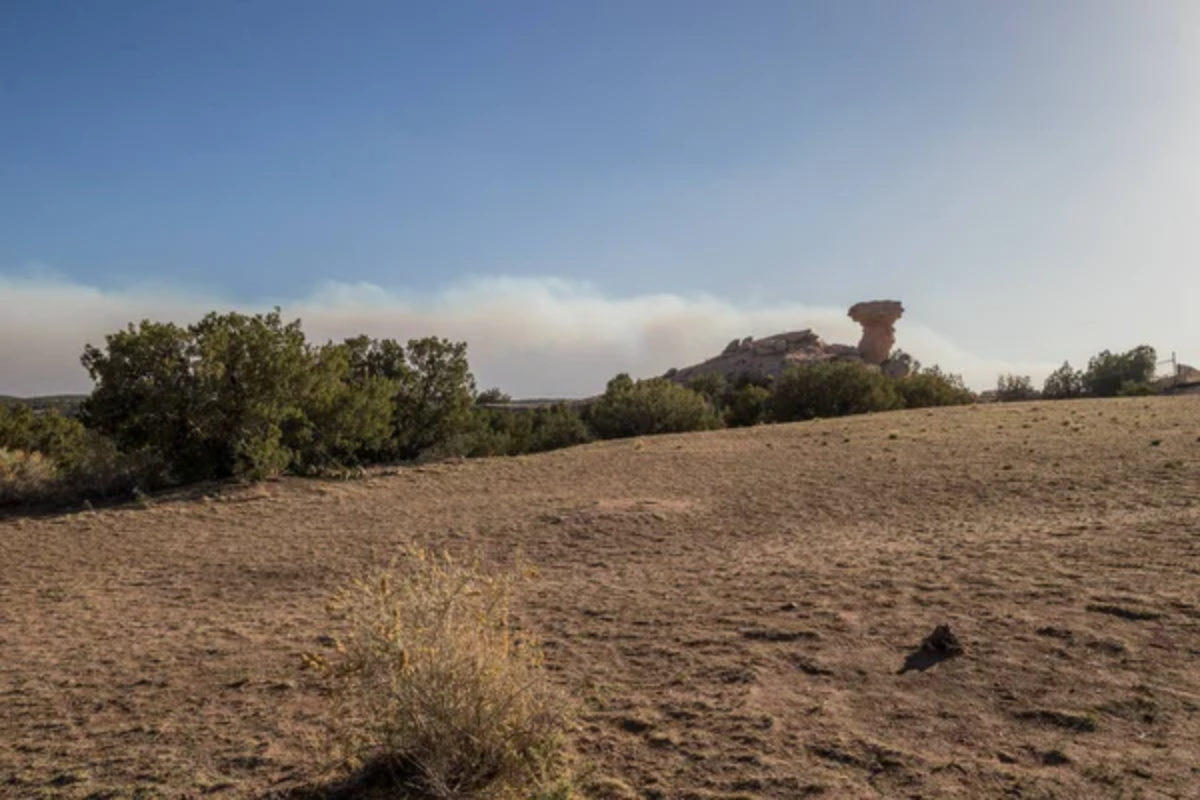
Located just north of Santa Fe, Tesuque Pueblo maintains traditional ways while adapting to proximity to urban development and tourism pressures. The pueblo operates a successful casino and market that funds community programs while employing tribal members.
Traditional pottery from Tesuque features distinctive polychrome designs painted with natural pigments gathered from local areas. The community celebrates feast days with traditional dances that welcome visitors while maintaining respect for sacred elements of ceremonies.
Pojoaque Pueblo
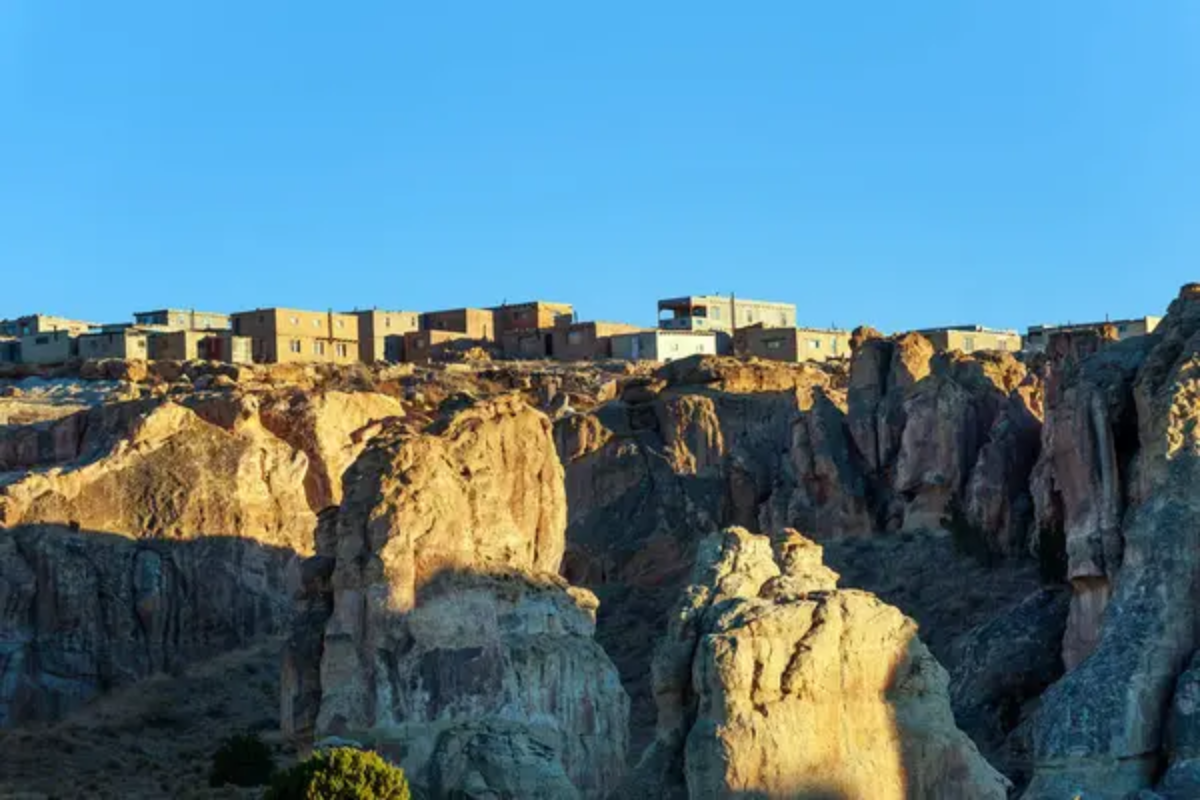
Despite facing challenges from urban development, Pojoaque Pueblo works actively to revive traditional language and cultural practices through educational programs and cultural centers. The pueblo operates successful business ventures, including a casino resort that funds language preservation and cultural education programs.
Traditional pottery traditions continue through artists who learned from elder community members, creating pieces that reflect both historical and contemporary influences. The pueblo’s cultural center houses artifacts and artwork that tell the community’s history through traditional and modern perspectives.
Jemez Pueblo
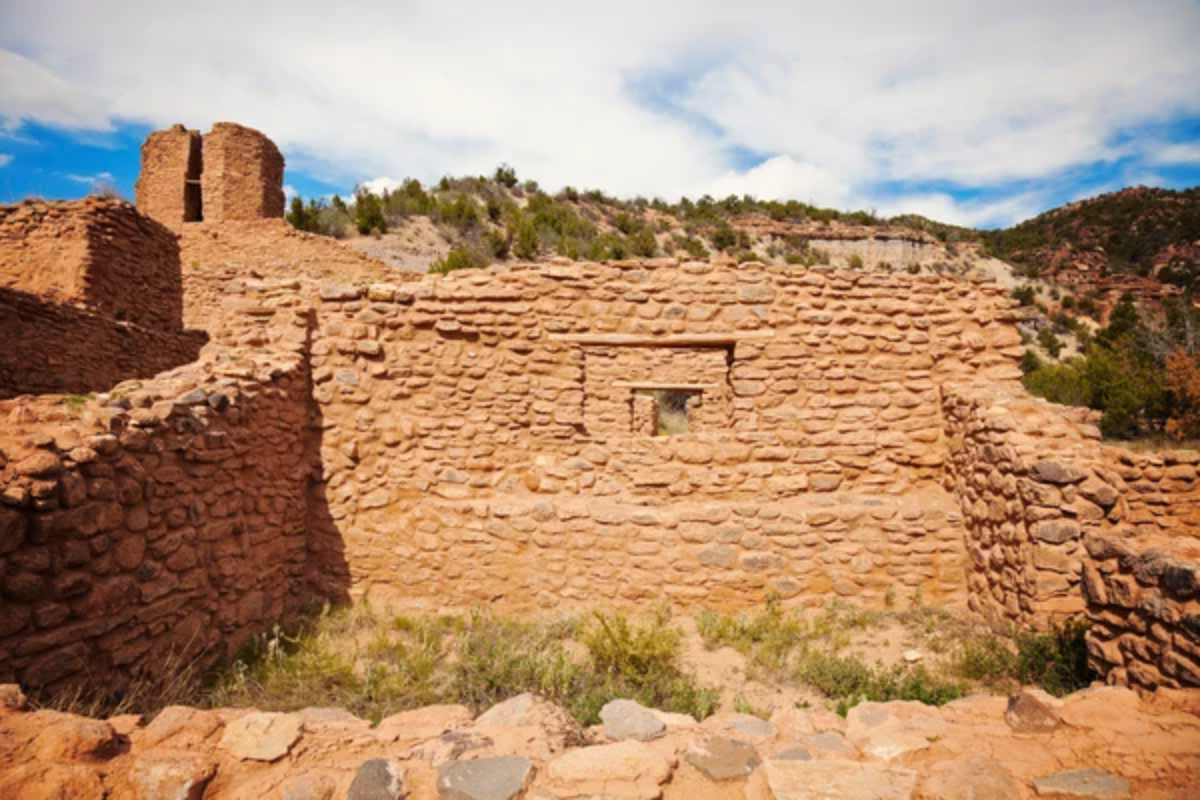
Hidden in a canyon west of Santa Fe, Jemez Pueblo maintains some of the most traditional lifestyles among New Mexico pueblos, with a strong emphasis on language preservation and ceremonial traditions. The Pueblo’s red rock canyon setting provides dramatic backdrops for traditional dances and ceremonies that continue throughout the year according to ancient calendars.
Traditional pottery features distinctive red clay and geometric designs that reflect the pueblo’s unique cultural identity. The community operates the Jemez Historic Site, which preserves the ruins of a 17th-century mission and pueblo.
Like Travel Pug’s content? Follow us on MSN.
Zia Pueblo
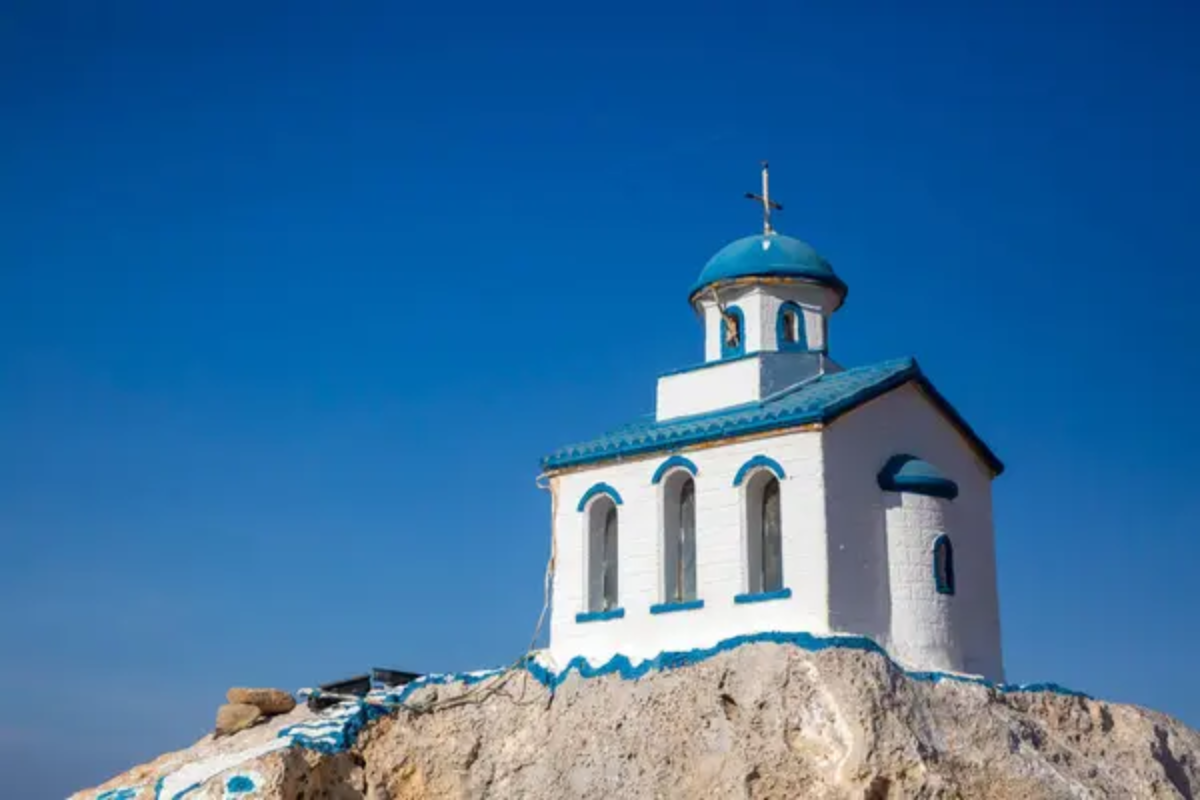
Famous for the sun symbol that appears on New Mexico’s state flag, Zia Pueblo maintains strong spiritual connections to solar cycles and seasonal changes. The pueblo’s pottery features distinctive white and red designs, including the sacred sun symbol that represents the four directions, seasons, and stages of life.
Traditional farming continues along the Jemez River, where community members grow corn, beans, and squash using ancestral agricultural techniques. Annual feast days feature traditional dances that celebrate the pueblo’s relationship with the sun and natural cycles.
Laguna Pueblo
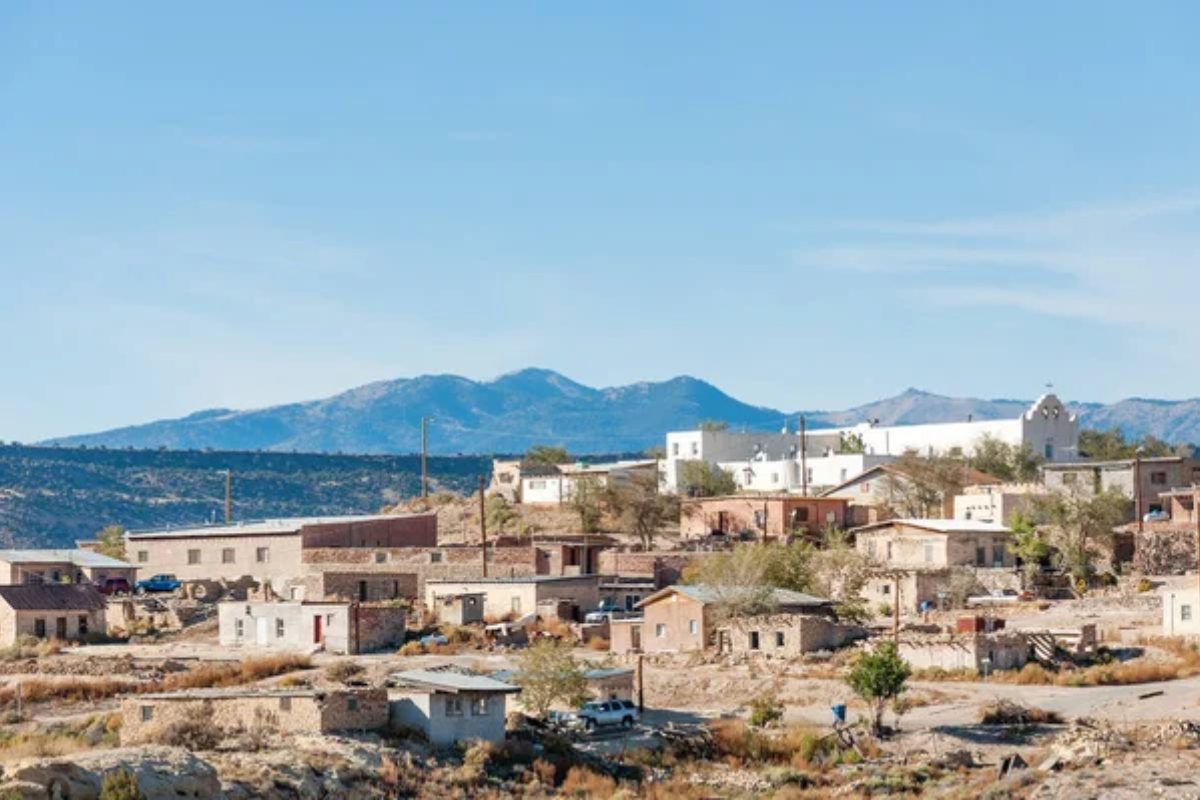
Spread across six villages, Laguna Pueblo represents one of New Mexico’s largest pueblo communities while maintaining strong traditional governance and cultural practices. The pueblo’s central village features a historic mission church that blends Catholic and traditional spiritual elements, reflecting centuries of cultural adaptation.
Traditional pottery continues through family workshops where techniques pass between generations, creating pieces with distinctive white slip and geometric patterns. The community operates successful business ventures that fund education and cultural preservation programs.
Isleta Pueblo
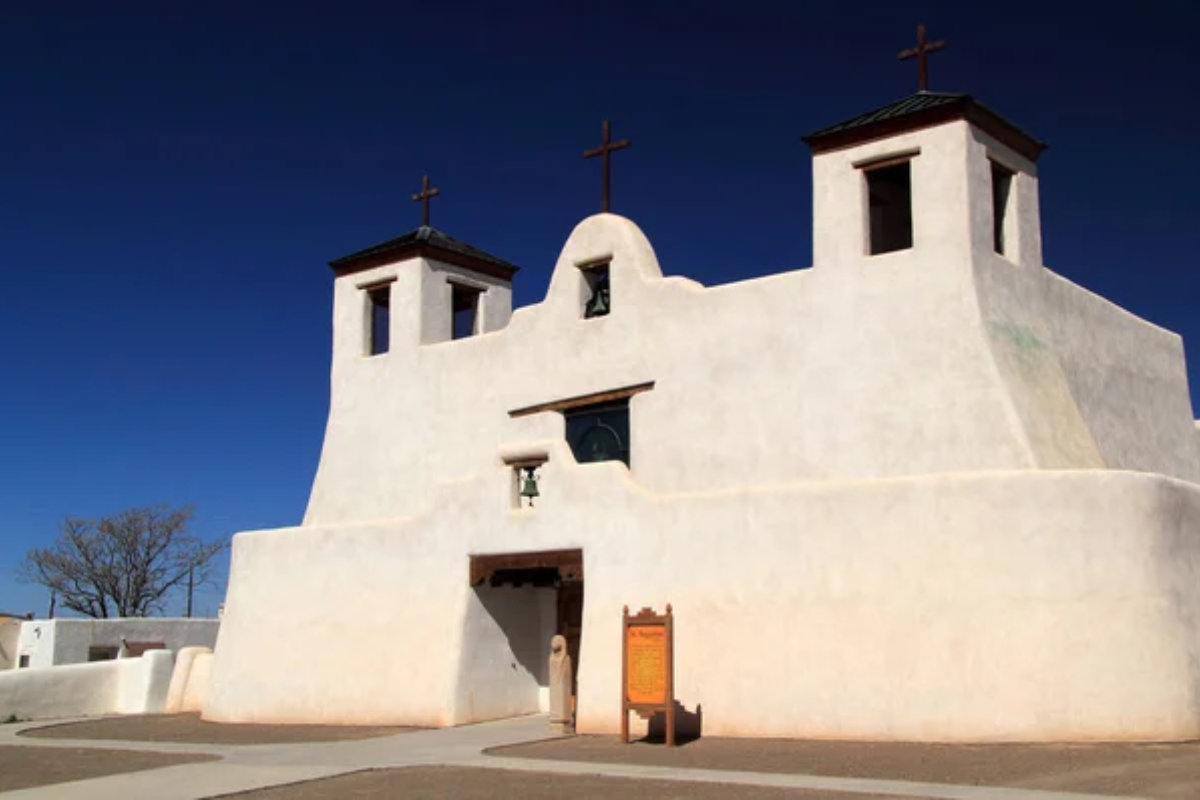
Located south of Albuquerque, Isleta Pueblo maintains traditional farming along the Rio Grande while operating modern business enterprises, including a resort and golf course. The pueblo’s mission church dates to the 1600s and continues serving the community while respecting traditional spiritual practices.
Traditional pottery features distinctive red and cream colors created using clays from specific local deposits and traditional firing techniques. Annual feast days celebrate patron saints while incorporating traditional dances that honor ancestral connections to the land.
Like Travel Pug’s content? Follow us on MSN.
Sandia Pueblo
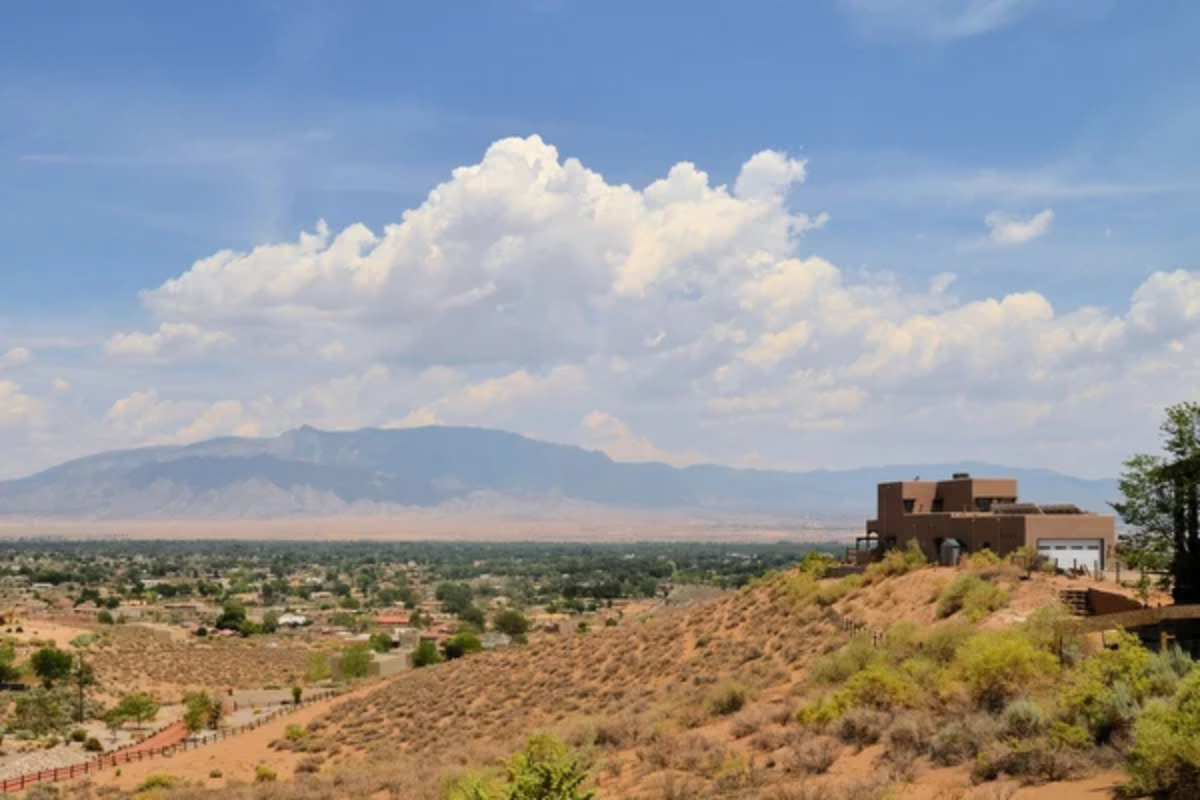
Positioned in the foothills of the Sandia Mountains, this pueblo combines traditional culture with modern amenities, including a casino resort that funds community programs. The pueblo’s location provides access to mountain recreation while maintaining agricultural fields where traditional crops grow using ancestral techniques.
Traditional pottery from Sandia features cream and red coloring with geometric designs that reflect the community’s artistic heritage. The Pueblo operates a cultural center that showcases traditional crafts while educating visitors about Pueblo culture and history.
Picuris Pueblo
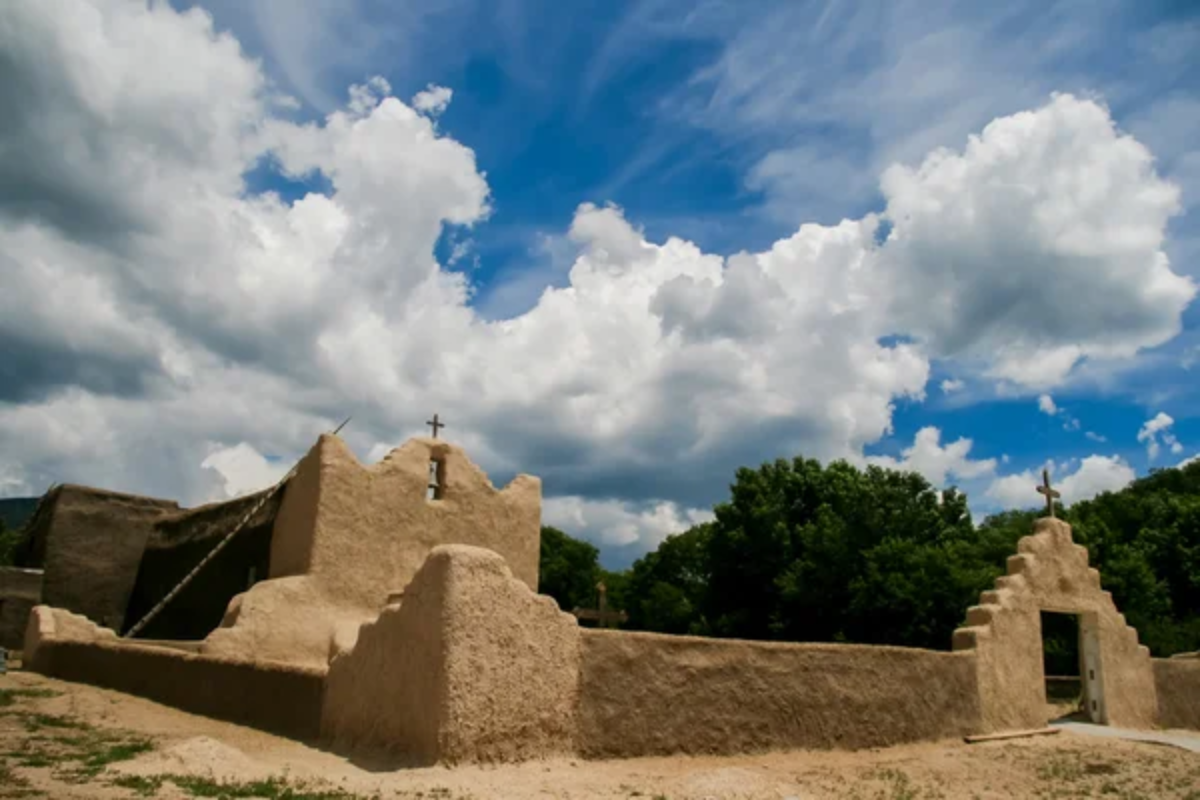
One of the smallest New Mexico pueblos, Picuris maintains a strong traditional culture, including one of the few remaining traditional pueblo governments in the region. The Pueblo’s high-elevation location in the Sangre de Cristo Mountains provides cool summers and snowy winters that influence traditional seasonal ceremonies.
Traditional pottery features distinctive micaceous clay that creates sparkle in finished pieces, a technique shared with only a few other northern pueblos. The community operates a small museum and trading post that showcases local artwork while providing economic opportunities for residents.
Zuni Pueblo
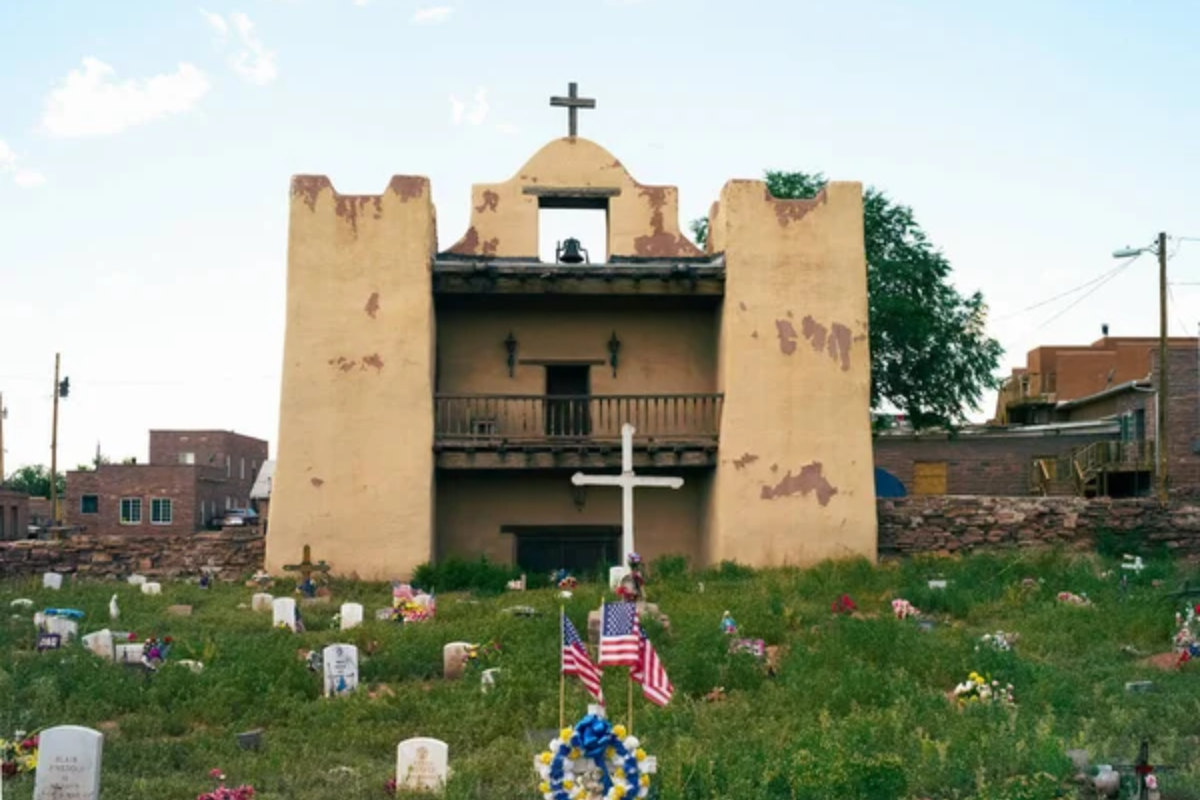
Though technically located in New Mexico, Zuni Pueblo maintains one of the most traditional Native American communities in the Southwest, with strong language preservation and ceremonial practices. The pueblo’s intricate jewelry features distinctive inlay work using turquoise, coral, and shell arranged in complex geometric patterns.
Traditional pottery includes both functional vessels and artistic pieces that showcase the community’s distinctive artistic style. The pueblo operates a cultural center and museum that preserves artifacts while educating visitors about Zuni history and contemporary life.
Like Travel Pug’s content? Follow us on MSN.
Ohkay Owingeh
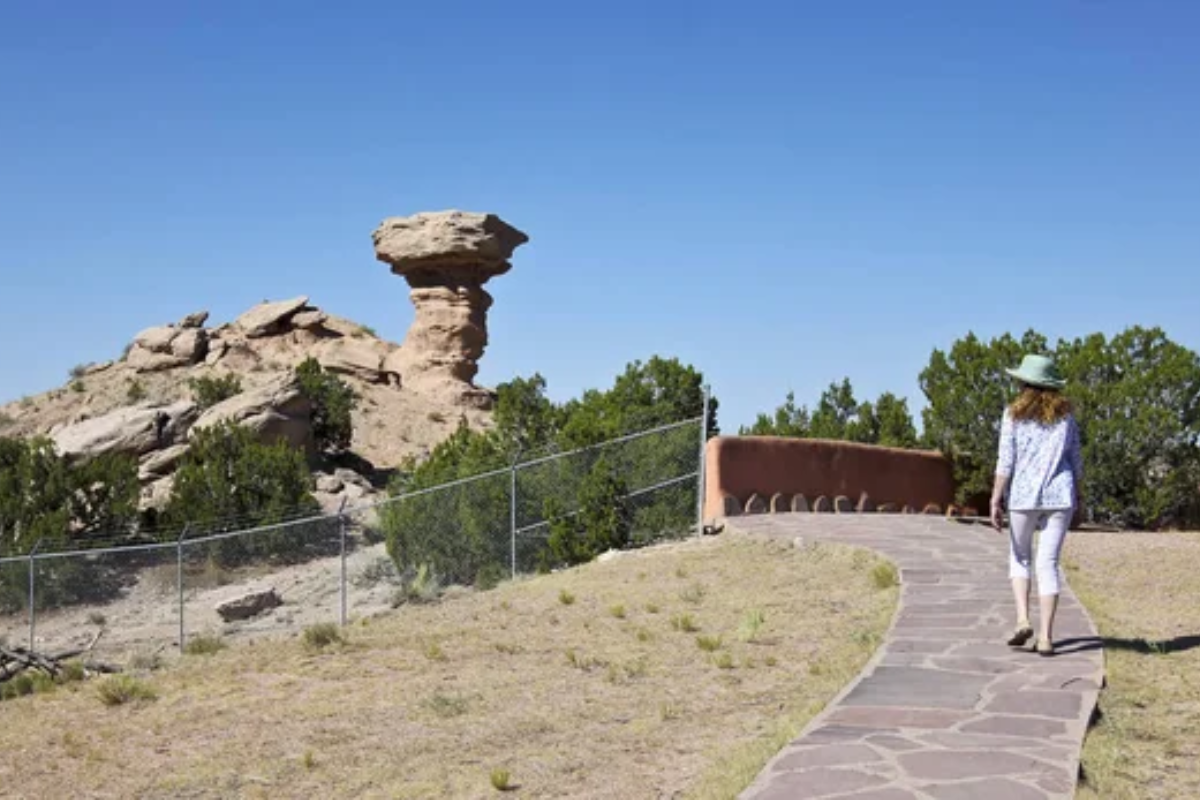
Formerly known as San Juan Pueblo, Ohkay Owingeh represents the site where Spanish colonists first established their capital in New Mexico. The pueblo maintains traditional Tewa language and cultural practices while operating successful business ventures that fund community programs.
Traditional red pottery continues through family workshops where techniques developed over centuries create distinctive vessels and artistic pieces. The community celebrates traditional feast days with dances that welcome visitors while maintaining respect for sacred elements.
Santa Ana Pueblo
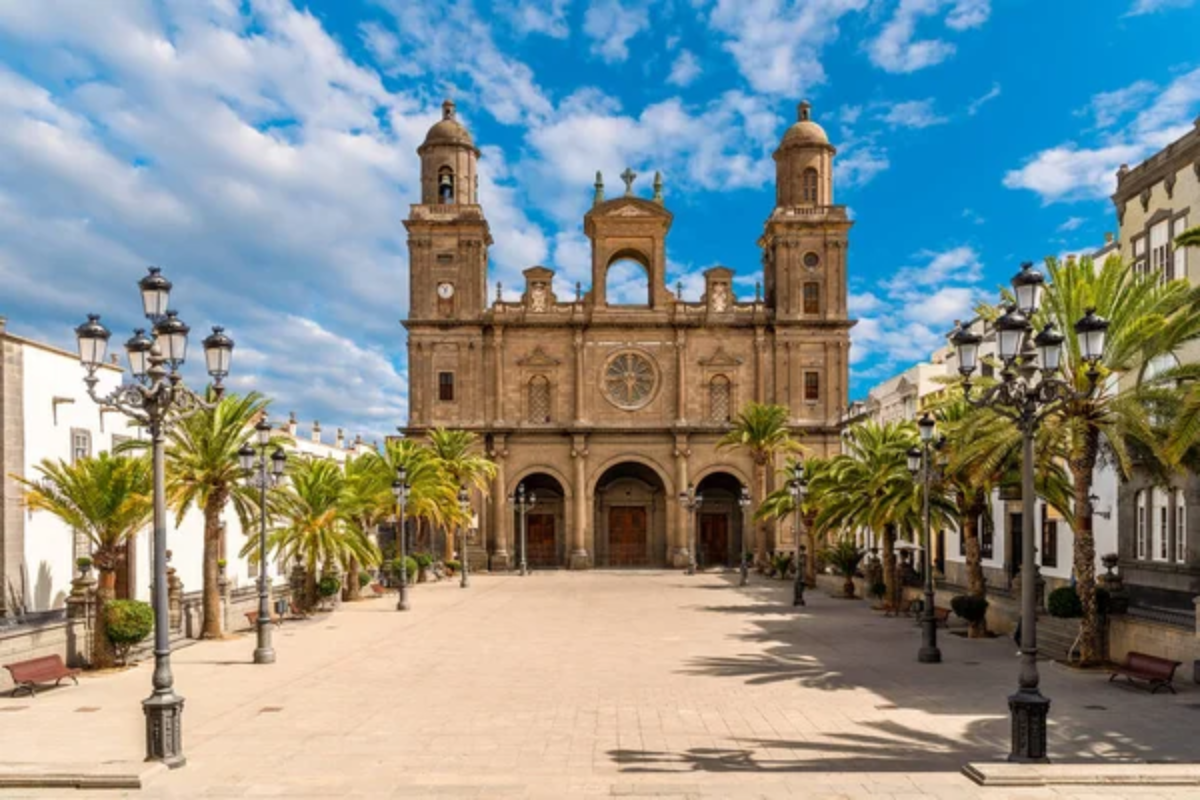
Located along the Rio Grande, Santa Ana Pueblo maintains traditional farming while operating a successful casino resort that funds cultural preservation and community programs. The pueblo’s pottery features distinctive black and cream geometric designs created using traditional clays and firing techniques passed down through families.
Traditional dances during feast days celebrate seasonal cycles while honoring the pueblo’s spiritual connection to the river and the surrounding landscape. The community operates programs that teach traditional skills to younger generations while preserving cultural knowledge.
San Felipe Pueblo
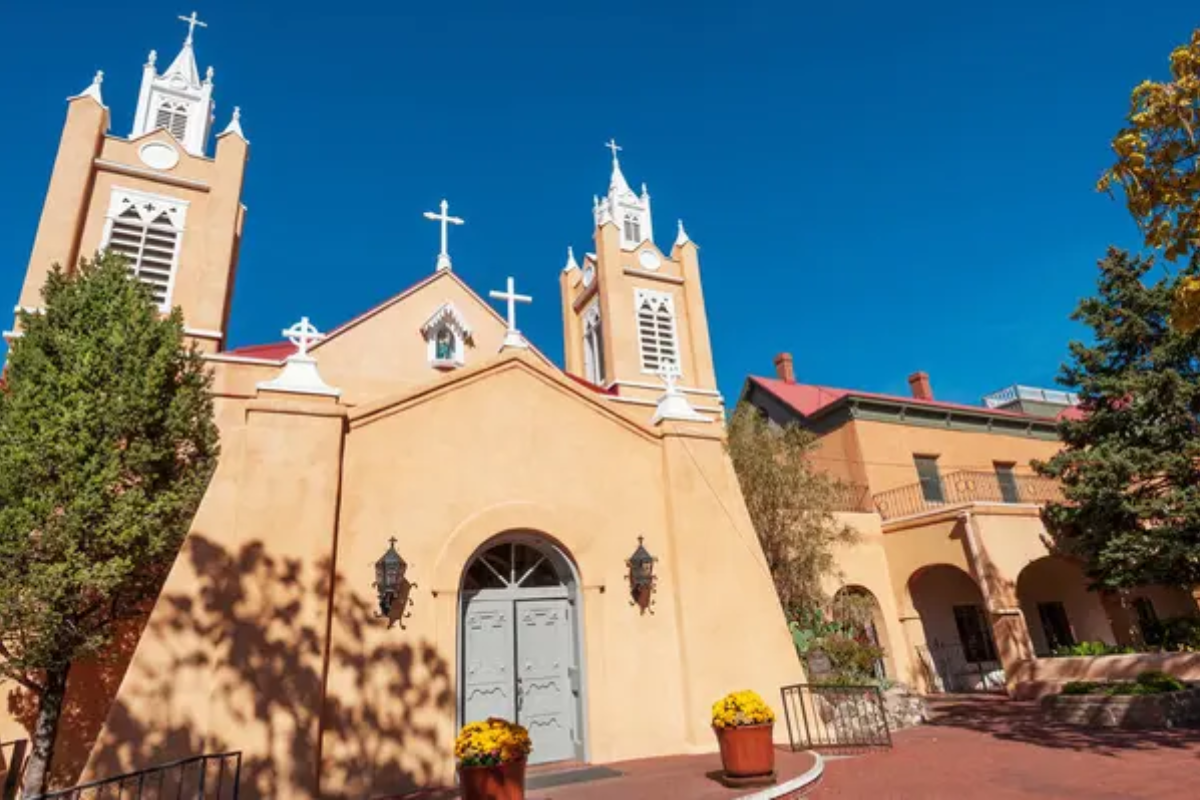
Known for maintaining some of the most traditional ceremonial practices in New Mexico, San Felipe Pueblo restricts photography and recording during dances out of respect for sacred traditions. The pueblo’s location along the Rio Grande provides fertile agricultural land where traditional crops grow using irrigation systems developed over centuries.
Traditional pottery features distinctive black geometric designs on white backgrounds, created using techniques that families guard as cultural treasures. The annual Green Corn Dance attracts visitors from around the world who come to witness authentic traditional ceremonies.
Like Travel Pug’s content? Follow us on MSN.
Living Traditions in Modern Times
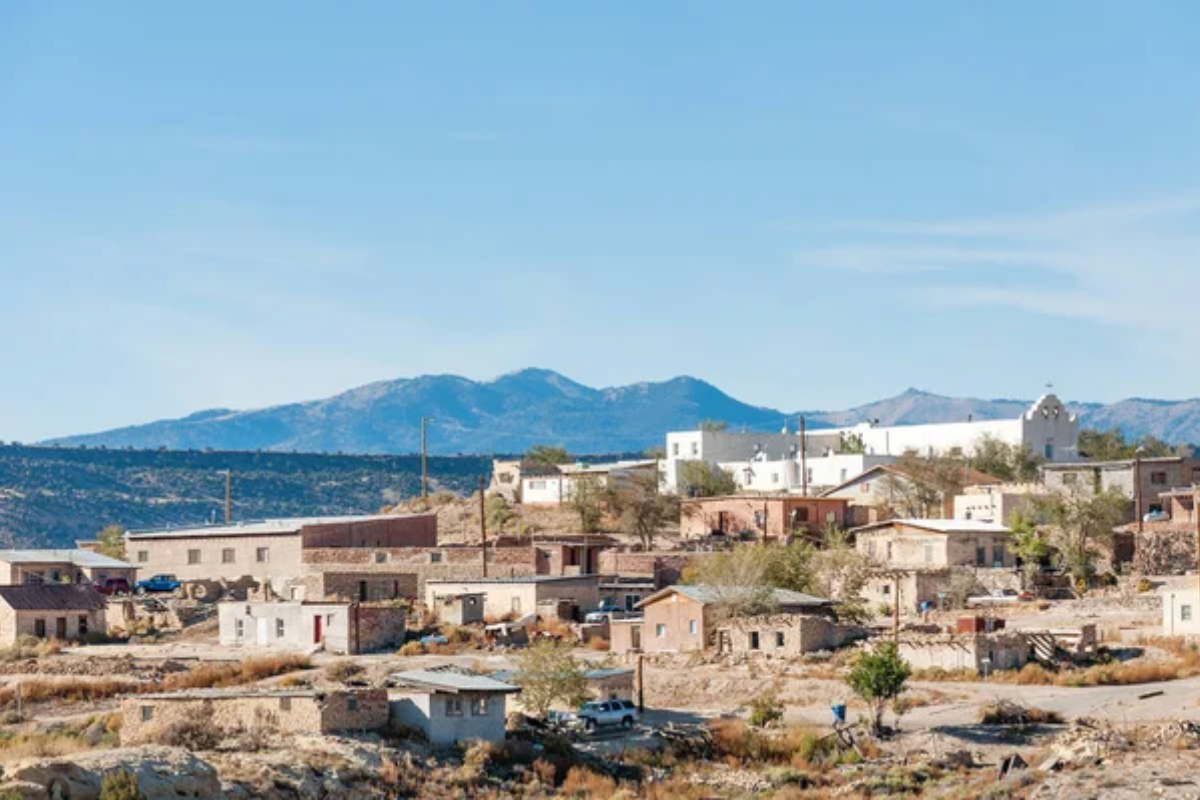
New Mexico’s pueblos demonstrate how ancient communities adapt to contemporary challenges while preserving cultural foundations that have sustained them for over a millennium. Each pueblo faces unique pressures from development, tourism, and cultural change, yet their responses showcase resilience and wisdom developed over countless generations.
These communities continue teaching the world about sustainable living, artistic excellence, and spiritual connection to place through examples that remain as relevant today as they were centuries ago. Visiting these pueblos offers glimpses into ways of life that honor both ancestry and future generations through traditions that remain vibrantly alive.
MMore from Travel Pug

- 20 Best Beach Towns in the Carolinas
- 13 Destinations Where Tourists Regularly Regret Their Trip
- 20 Destinations That Are More Magical Without an Itinerary
- 20 Underrated Adventures That Belong on Your Travel List
- 20 Cities Where You Should Just Wing It, No Planning Required
Like Travel Pug’s content? Follow us on MSN.ollow us on MSN.
